The United Nations. New York. The glass palace. Syria. And other wars. Ten, a hundred. Conflict Kitchen chose those in which the USA is inside. There are also many others. Wikipedia ruthlessly explains. The arms industry. Destruction for reconstruction. Colonialism is repeated in a thousand ways. Slaves in the factories. Deserted countrysides. City. And from the hell-cities of their countries, to the hell of the Mediterranean. Kharon traffickers. And organized systems of malfeasance and politics. Then they are disembarked in the middle of the theater of the parties and the media. The economic system is how everything is fed.

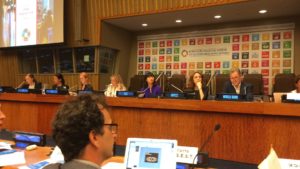
Cittadellarte at the United Nations. In this High Level Political Forum (High Level Polical Forum) on sustainable development. I’m here for the work we do on sustainable fashion.
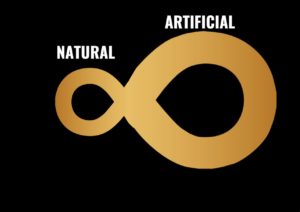
***

***
The data are clear: fashion is the second most polluting industry in the world, after that of oil. It employs between 60 and 300 million people, counting them is a complicated operation. How many are the slaves? When do you go from miserable to a slave? How many must be to be too many? One hundred. Ten million. One thousand. One.
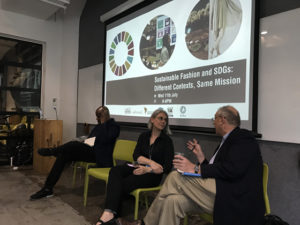
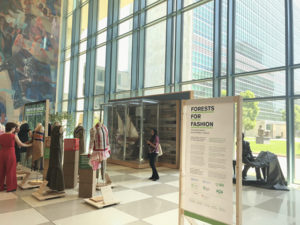
Why do they ask us, me, director of a foundation of contemporary art, to speak here? To make the initial intervention of a conference attended by a hundred UN officials from their different offices?
From the UNECE website: “After a successful inaugural event at the Regional Forum for Sustainable Development in March 2018, distinguished speakers from various UN organizations will be invited once again to explore the elements of what could be a UN partnership on sustainable fashion. The event will take place on Tuesday 10 July 2018, in the Conference Room 4 of the United Nations headquarters.”
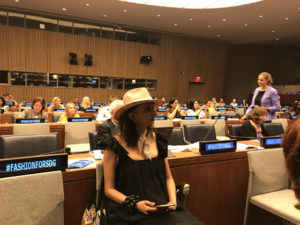
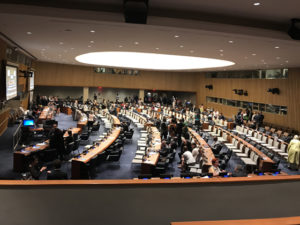
In fact, the news is the announcement of an Alliance between the agencies and the offices of the United Nations. There are so many. And they also deal with sustainable fashion, but in different ways. And I?
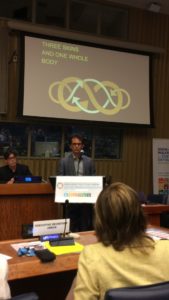
Here’s what I tell him, first to speak after the UNECE Executive Secretary. There are three skins. One is the epidermis. It covers the body. It is the largest organ we have. It unites and divides. It allows passage. It notifies. It brings the signs of the inside and the outside. It has been said that there is nothing that escapes the skin: it makes everything visible. Illnesses. Emotions. Time. Scars. Expectations. Humors and fear. Habits. The truth, even: there is a machine that goes there to look for it. This is the first skin. I speak and see that they listen to me. They look up from their computers. Then I say: there is a third skin. It is the built world. Homes. Shelters. They were not there in the forst place. We made them. The built world surrounds us. It unites us and separates us from the rest. From the sky. And from animals. The third skin. So there must be another skin. The second one. It’s fashion. It is the wonderful and terrible clothes we create. We have been doing this for 170 thousand years. It is now a 3 trillion dollar industry. A fiftieth of the value of everything produced in the world. We dress up with this. The global social body has its own skin. It’s called the fashion industry. It is in the middle of the other two. It can unbalance the artifice. Or find the balance with nature. This is the part of my speech in which I show the symbol of the Third Paradise, and that of the infinity, which was assumed by the United Nations as a symbol of the objective 12, sustainable production and consumption.
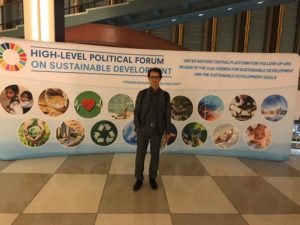
The delegates take pictures of the images that pass on the big screens. There is a new one. I did it the other night, combining two images designed by Mila, our graphic designer. It is the image of disequilibrium. They are two connected circles, one of which is disproportionately larger than the other. It is that of artifice. The other is natural. They take lots of photos.

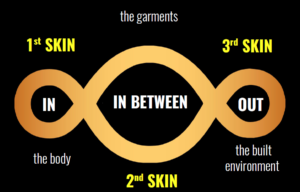
***
My keynote lasts fifteen minutes. I’m talking about the consumption of water, of microplastic, of the Rana Plaza (1134 dead), of the Textile and Health researches, of the Sustainability Manifesto of the National Chamber of Fashion with the publications that have the symbol of the Third Paradise on the cover, of the traceability, of the areas of impact, of the school for designers and fashion operators, it is 108 images, they pass very fast, some others stay longer. The same way all images pass on Michelangelo’s mirror.
After my speech, it is the turn for the co-founder of Fashion for Conservation. Then a slew of UN officials from different offices. It seems that the discourse of the three skins and of the single body, that is the social body, has aroused interest.

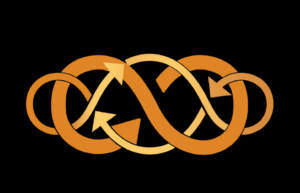
***
My work here continues. Today I participated in two sessions: one on blockchain and the other on sustainable fashion and the UN objectives. Tomorrow I will see the director of the Brooklyn Accelerator. And on Monday I will present, at the United Nations, the short film produced with UNECE Geneva.
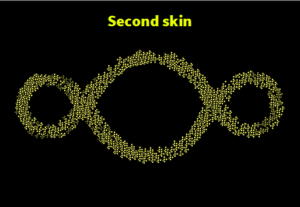
***
I think I would not be here if it were not for Maria Teresa Pisani and Paola Deda, representatives of UNECE in Geneva, visionary and tenacious, and Olga Pirazzi, who at Cittadellarte has been developing the Best Ethical Sustainable Trend project for almost ten years. And of course to Michelangelo and Maria and to all of Cittadellarte.
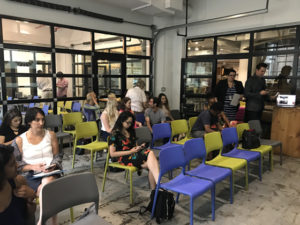
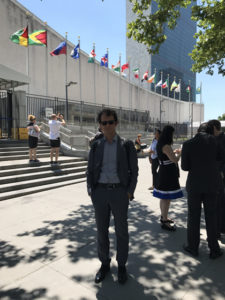
Walking through New York I see a man carrying huge bags full of empty cans, homeless in the hallways, the streets of Manhattan (practically empty, now, according to a Uber driver) are full of giant SUVs. A lot of shops and advertising speak of local, sustainable, green. The two opposite circles are clearly visible. I’m in the middle. With Cittadellarte. And all the pioneers of this territory. I go back to thinking about the school of demopraxy. Basically this is why I’m here. That’s what I’m already doing.
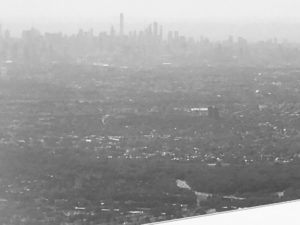

*** slides taken from the presentation by Paolo Naldini, director of Cittadellarte, at the “High Level Political Forum on Sustainable Development”

